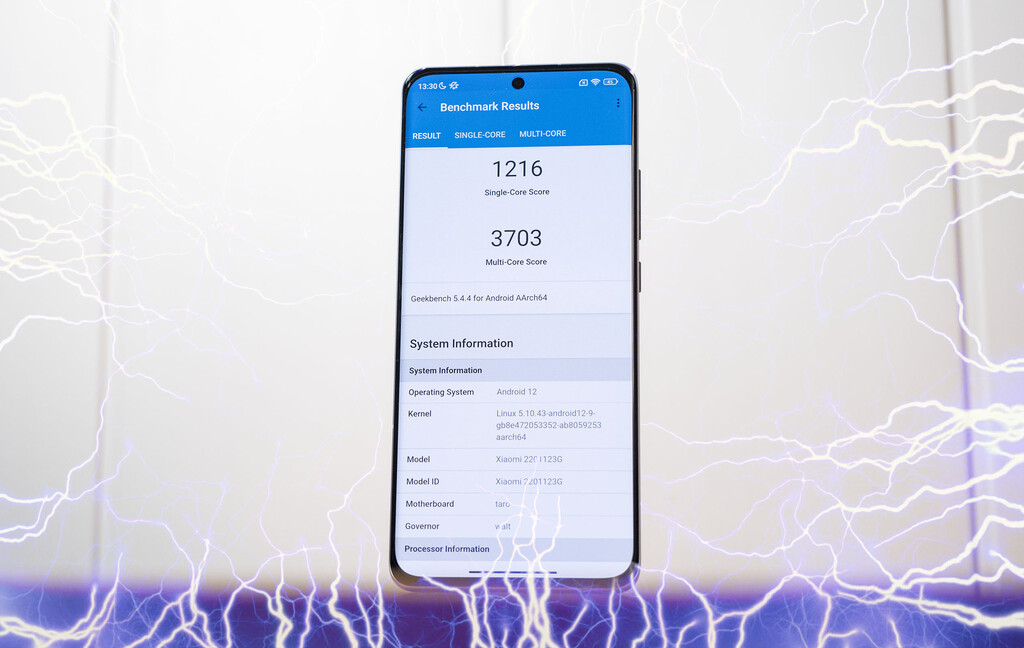{Disarmed} Yes, Xiaomi manipulates the benchmarks of its mobiles and this is the official explanation

During the last week Xiaomi has been involved in some controversy. Apparently, the company manipulates the results of the benchmarks to obtain higher figures and thus position its terminals over other competitors. We have contacted the brand to find out how much of this is true and if the information that the independent journalist John Poole "uncovered" is reliable.
On the "real" power of a smartphone
Today's smartphones have nothing to do with the mobile phones of the past. Its multi-core processors, its GPUs and its network of heat pipes and cooling chambers are much more reminiscent of the motherboard of a common computer than the green wafer of the first antenna phones.

And here comes into play the management of all that power and how it is delivered: not a few smartphones allow a certain range of overclocking and if we access the CIT menu we will see that sometimes the response figures do not correspond to the performance figures in the face of optimal behavior . An example: the mobile will work "slower" if it is near a heat source or exposed to the summer sun . Perhaps the AnTuTu logo represents fire, but do we really want to see a terminal on fire?
Does Xiaomi deceive us when we come across a Xiaomi Mi 8 under the Android 12 operating system running at full capacity ? According to the company itself, decisions are made and risks are taken in order to avoid major problems, overheating that can lead a smartphone even, ultimately, to disintegrate components due to an unacceptable temperature. That is why internal manipulation is outside the warranty policies .
When we talk about energy management algorithms, we are talking about automatic processes that "cap" the power to achieve greater energy savings and battery autonomy , which monitor drainage and make every milliamp profitable in order to avoid unnecessary wear . Along with its disk defragmenter , MIUI 13 incorporates functions to optimize performance based even on the amount of remaining energy charge.
Your mobile recognizes and reacts to the type of application running

As in the limit speed tests of racing vehicles, Xiaomi predisposes its equipment to put all the power before a benchmark and deliver a higher peak power. In games like Genshin Impact , " Xiaomi has integrated different mechanisms to detect the application that the system is running to offer one or another score depending on the needs of the system."
Apparently, the expert John Poole points to a second key: by tricking the operating system and "disguising" which app is running, the energy delivery becomes up to 30% lower . That is, if you are running Genshin Impact or Fortnite but the system does not recognize that it is one of these popular games, the general performance would be affected, consciously slowing down the result.

However, the key lies right there, in recognizing which application or game is running. Why? For necessity.
In the balance is the essence

Mixers, washing machines and even electric vehicles: in the instruction manuals and legal bases of almost any appliance there are safety notices indicating that a product can "randomly" turn off or stop working without prior notice if the sensors detect overheating or irregular behavior. It happens with televisions , with the Xiaomi air fryer and, of course, with mobile phones .

A question, in short, of stress and health in order to safeguard the structure of electronic components of the product . As they point out from Xiaomi Spain, the modulation of power and energy delivery depends on it:
"Xiaomi applies temperature control strategies to ensure an optimal product experience, especially in the case of the most demanding applications, which are often used for long periods. In many of our devices, we offer 3 performance modes, which allow users adjust the balance between performance and energy efficiency. At the system level, all optimizations related to application performance take into account many essential factors , such as power consumption, performance and thermal impact.
Legal jargon says that there is a nuanced difference between lying or falsifying data and simply omitting information. Perhaps these are routine practices that do not conflict with the moral or legal duty of the company, but Xiaomi has sinned with a certain opacity: if it were not for Poole's work, we would not have this knowledge.

At the end of the day, these are measures for the good of the devices, all the more reason not to hide it, to transmit it transparently.
-
The news Yes, Xiaomi manipulates the benchmarks of its mobiles and this is the official explanation was originally published in xiaomist by Isra Fdez .
Comments
Post a Comment